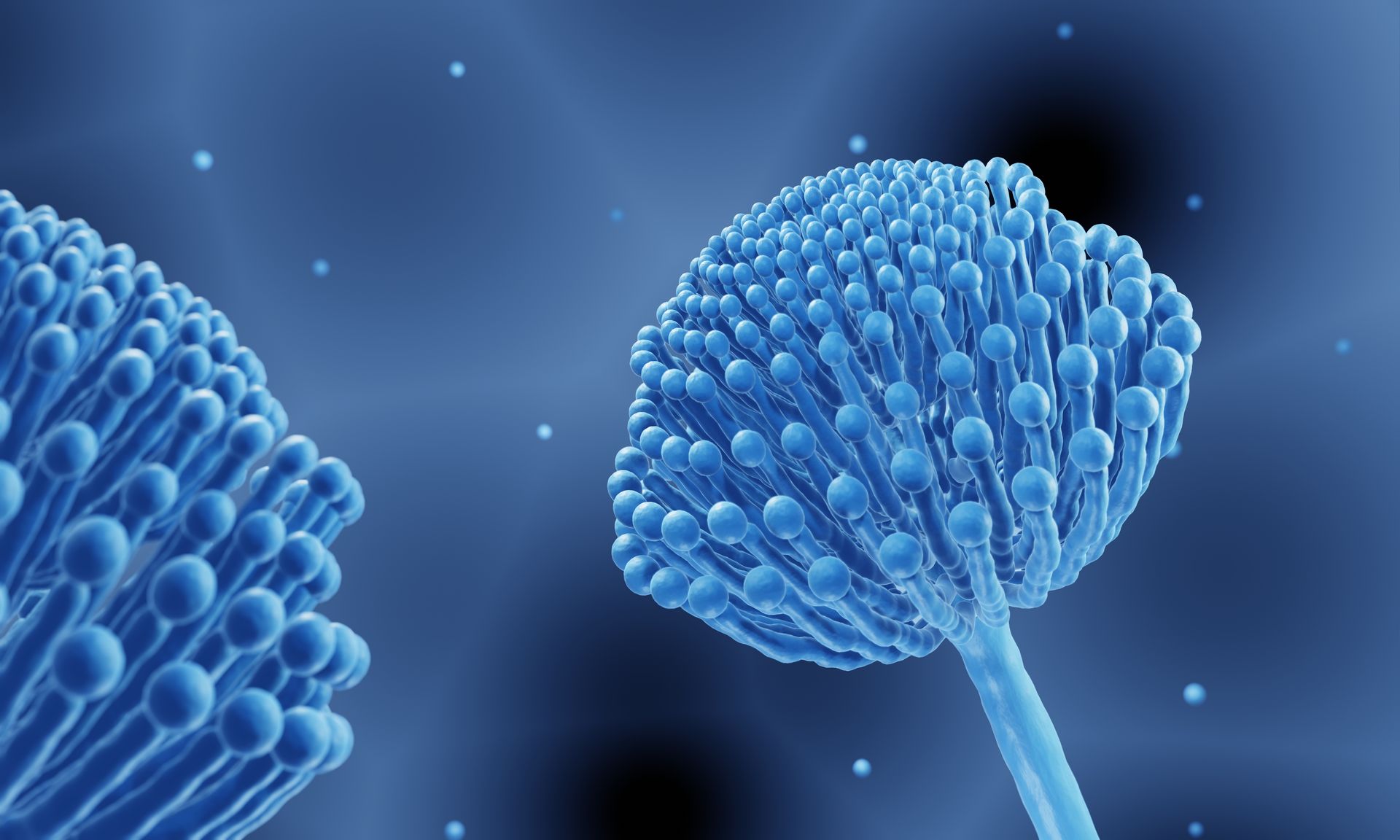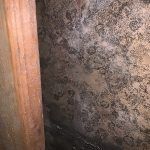Blog

Mycotoxins, the invisible, toxic compounds produced by certain molds, are a growing concern for homeowners and businesses alike. Found in damp or water-damaged areas, mycotoxins can pose significant health risks, particularly for individuals suffering from Chronic Inflammatory Response Syndrome (CIRS) or respiratory issues. At Aggie Inspector Group, we specialize in identifying and addressing these harmful agents through advanced testing and mitigation techniques. Here’s an inside look at how mycotoxins are captured and why this process is crucial for maintaining a healthy living or working environment. What Are Mycotoxins, and Why Are They Dangerous? Mycotoxins are secondary metabolites produced by molds such as Aspergillus, Penicillium, and Stachybotrys (commonly known as black mold). Unlike mold spores, which are visible to the naked eye, mycotoxins are microscopic and can travel through the air or settle on surfaces. Exposure to mycotoxins may result in symptoms ranging from fatigue and headaches to more severe conditions like neurological impairment and immune system suppression. The Challenge of Detecting Mycotoxins Traditional mold inspections focus on visible growth, but mycotoxins often go unnoticed without specialized equipment. These toxic particles can linger in carpets, furniture, HVAC systems, and even in the air, making them particularly elusive. This is where the expertise of Aggie Inspector Group comes in. Using cutting-edge military-grade testing equipment and medical-grade technology, we ensure that no toxin goes undetected. How Mycotoxins Are Captured: The Science in Action The process of capturing mycotoxins involves several crucial steps: Airborne Particle Sampling: Advanced air sampling devices collect microscopic particles from the environment. These devices use high-efficiency filters to trap even the tiniest mycotoxins, which are then analyzed in a laboratory to confirm their presence and concentration levels. Surface Swab Testing: Mycotoxins can cling to surfaces such as walls, ceilings, and furniture. Surface swabs are used to gather samples from suspected areas, ensuring a thorough evaluation of all potential sources of contamination. Environmental Dust Analysis: Dust can serve as a reservoir for mycotoxins. Our experts collect and analyze dust samples to determine long-term exposure risks and identify hotspots for mitigation. Infrared and Moisture Scanning: Mold growth often thrives in hidden, damp areas. By using infrared cameras and moisture meters, we locate water-damaged areas where mold and mycotoxins are likely to proliferate. These findings inform a targeted cleanup plan. The Role of Mycotoxin Mitigation in Health Recovery Capturing mycotoxins is only the first step. At Aggie Inspector Group, we go beyond detection by providing tailored mitigation solutions. Once mycotoxins are identified, our team develops a comprehensive remediation plan to remove contaminated materials and prevent future occurrences. We also work closely with health professionals to support clients dealing with CIRS and other mycotoxin-related conditions, ensuring a holistic approach to recovery. Why Choose Aggie Inspector Group? When it comes to mycotoxins, precision and expertise are non-negotiable. Aggie Inspector Group stands out by leveraging: Military-Grade Testing: Ensures unparalleled accuracy in detecting harmful toxins. Medical-Grade Technology: Offers results that meet clinical standards, essential for health-focused interventions. Comprehensive Solutions: From inspection to remediation, we handle every aspect of mycotoxin management. Protect Your Space Today Don’t let mycotoxins compromise your health or property. Whether you're experiencing symptoms of mold exposure or simply want peace of mind, Aggie Inspector Group is your trusted partner. Contact us today for a detailed inspection and take the first step toward a cleaner, safer environment.

A Healthier and Fresher Living Environment Mold and unpleasant odors can infiltrate our homes and workplaces, impacting both our health and the quality of our indoor environment. Seeking the expertise of mold and odor specialists can make a significant difference, offering a range of benefits that go beyond just cosmetic improvements. In this blog, we'll explore the advantages of hiring mold and odor specialists and how their services contribute to a healthier, fresher living space. 1. Identification and Prevention of Health Issues Mold growth can lead to various health issues, especially for individuals with respiratory conditions or allergies. Mold and odor specialists are trained to identify the presence of mold, its type, and the extent of the infestation. By addressing these issues early on, they help prevent health problems associated with mold exposure, such as respiratory symptoms, skin irritation, and allergic reactions. 2. Thorough Mold Inspection and Testing Mold specialists conduct comprehensive inspections using advanced tools and techniques to identify hidden mold sources. This thorough examination ensures that all mold issues are identified, allowing for targeted and effective remediation. Mold testing is often part of the process, providing precise information about the types of mold present and their concentrations. 3. Customized Mold Remediation Solutions Each mold infestation is unique, requiring a tailored approach for effective remediation. Mold specialists design customized solutions based on the specific conditions of your property. From choosing the right remediation techniques to implementing preventive measures, their expertise ensures a comprehensive and lasting solution to mold problems. 4. Odor Removal Expertise Unpleasant odors can be persistent and challenging to eliminate. Mold and odor specialists possess the knowledge and tools to address odor issues at their source. Whether it's pet odors, smoke smells, or other unpleasant scents, specialists employ advanced techniques to neutralize and remove odors, providing a fresh and inviting atmosphere. 5. Preservation of Property Value Mold and unpleasant odors can negatively impact the value of your property. Investing in professional mold and odor services not only improves the health of your living environment but also preserves the value of your property. Potential buyers are more likely to be attracted to a well-maintained and odor-free home or business. 6. Preventing Structural Damage Mold growth can compromise the structural integrity of a building over time. Mold specialists not only remove existing mold but also take preventive measures to inhibit future growth. This proactive approach helps safeguard the structural elements of your property, preventing costly repairs and ensuring its longevity. 7. Professional Expertise and Certification Mold and odor specialists undergo rigorous training and often hold certifications in mold inspection, testing, and remediation. Their expertise ensures a professional and effective approach to addressing mold and odor issues. Hiring certified specialists provides peace of mind, knowing that your property is in the hands of qualified professionals. 8. Comprehensive Emergency Preparedness In addition to addressing mold and odor concerns, some specialists offer comprehensive emergency preparedness services. This includes preparing your property for unforeseen disasters, both physical and digital. Their holistic approach contributes to the overall safety and resilience of your living or working environment. Conclusion Investing in mold and odor specialists is an investment in the health, well-being, and longevity of your property. Beyond the visible improvements, their expertise contributes to a safer and more comfortable indoor environment. If you're dealing with mold or persistent odors, consider reaching out to professionals to experience the multitude of benefits they bring to the table. Your home or business deserves the care and attention that mold and odor specialists can provide.

